Shanghai to Los Angeles in about five hours, Tokyo to San Francisco in 5.5, Sydney to Los Angeles in 6.75: The next wave of supersonic flight could make traveling between destinations in the United States and Asia a breeze.
In recent years, a clutch of aeronautics startups has sparked renewed interest in supersonic travel, which stalled after the Concorde’s retirement in 2003.
Among the major players, Boom Technology has raised $85 million in funding from seed investors and strategic partners, such as Virgin Atlantic Airways.
Support for the Denver-based startup has expanded to Asia as well. In December, Japan Airlines reportedly invested $10 million to pre-order 20 of the 55-seat airliners, which are slated for a 2023 debut.
This spring, Ctrip – Asia’s largest travel services provider, with 300 million registered users – became Boom’s first strategic partner from China.
“China promises to be one of the largest markets for supersonic air travel. The demand for air travel is incredibly strong,” Victor Tseng, chief commercial officer of Ctrip, tells CNN Travel.
“Apart from a growing middle class and having more disposable income, the Chinese are now increasingly interested in spending money on experiences. Travel has become an important form of seeking happiness.”
Cutting flight times by half
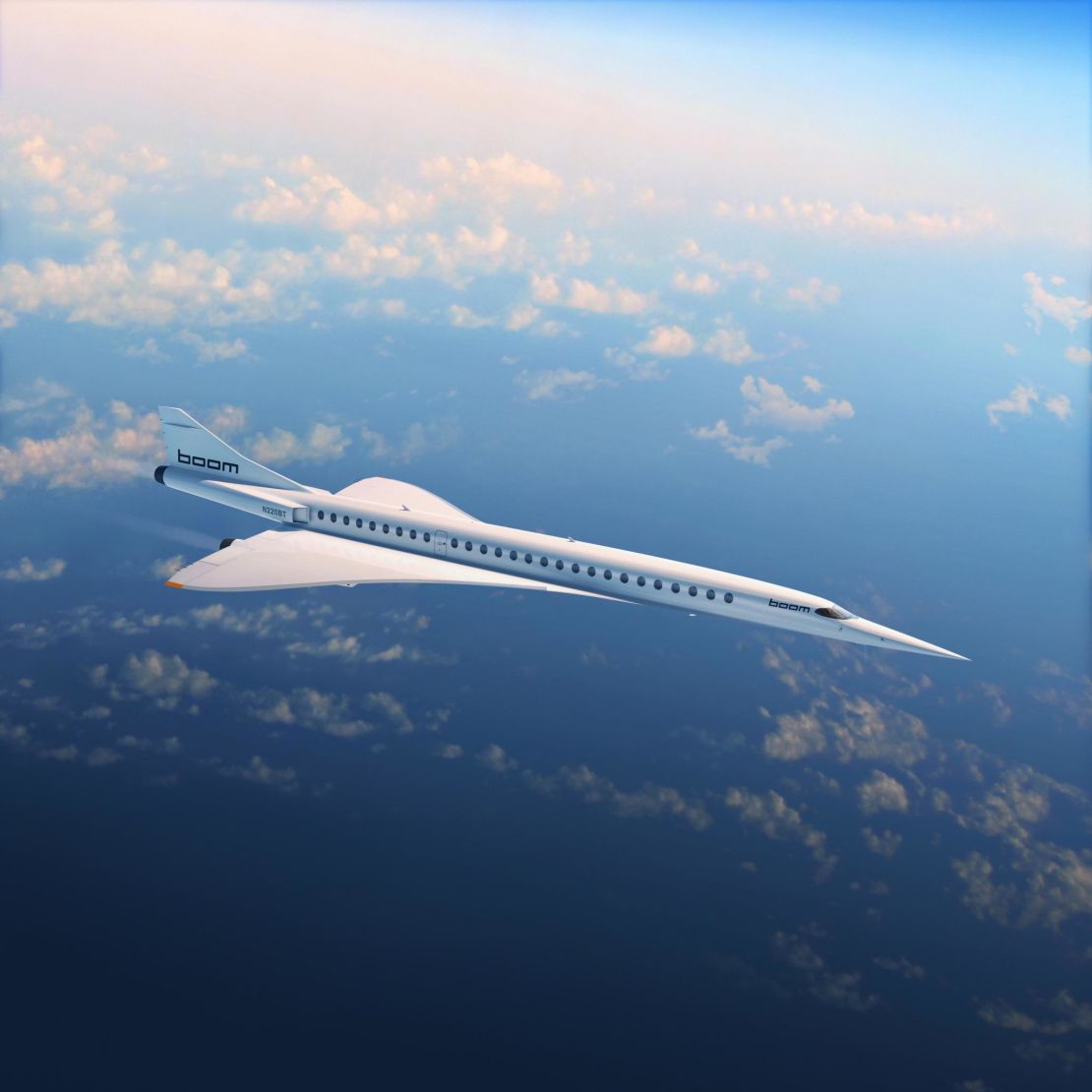
The first stage of Boom’s plan could be launching as early as next year.
The company has publicly announced plans to fly its XB-1 – a two-seat demonstration aircraft – in 2019 as proof of concept.
If that goes well, the company will embark on its main mission: To build a fleet of supersonic commercial jets that fly at Mach 2.2, which equates to 1,451 mph – or more than double the speed of sound.
Putting that into travel terms, a typical 12-hour flight from Shanghai to Los Angeles could be reduced to roughly five to six hours.
This could make it much easier for travelers in Asia to hop around the world – and vice-versa.
“Chinese outbound tourists made 130 million trips in 2017 (according to Ctrip’s Travel Report). With less than 10% of Chinese in possession of a passport, future growth in this area is very promising,” says Tseng.
“Countries in the Asia-Pacific region are the most popular destinations among Chinese outbound tourists. One major reason is the shorter distance and travel time.
“Just think about it – an overnight long-haul trip could become a simple day trip.”
Both companies declined to comment on any cash investment by Ctrip; however, Ctrip has pledged to help Boom navigate the Chinese airline industry with an aim to secure commercial partners.
“Through this strategic investment, Boom will help us to explore offering 10-15 seats on one of their first [few] commercial flights,” says Tseng.
Take a seat
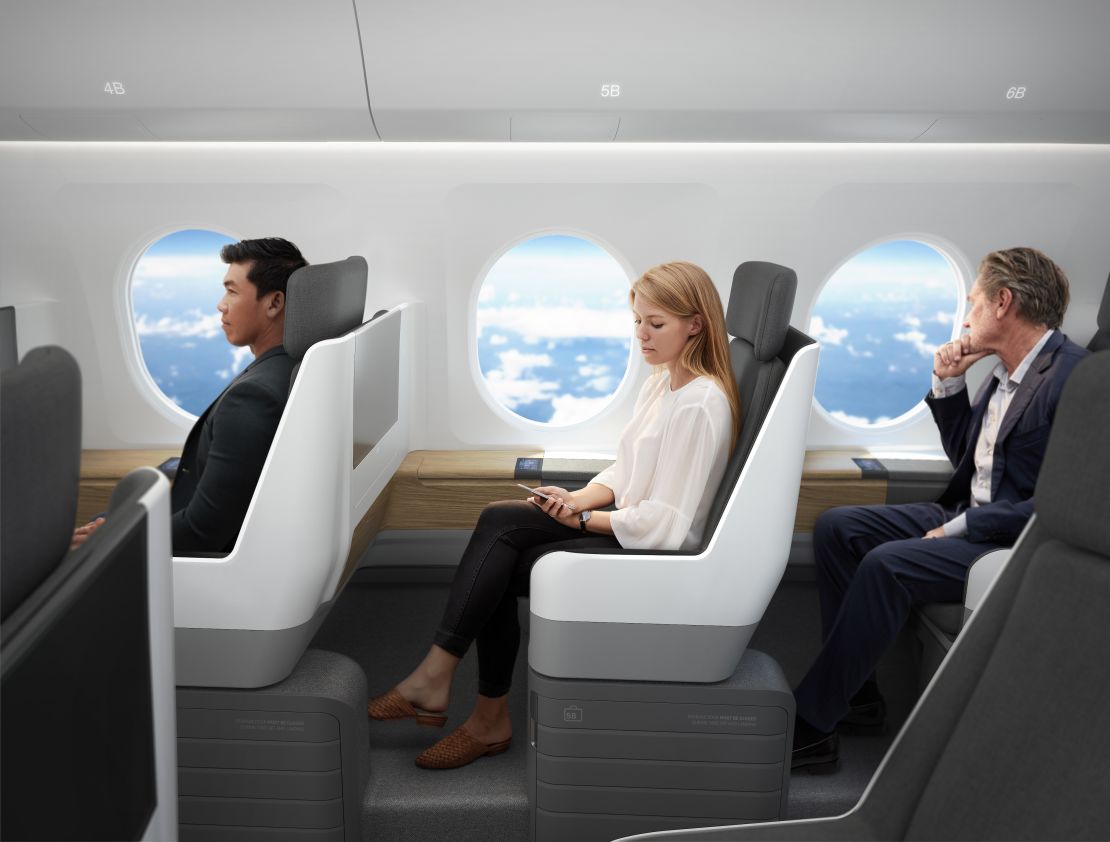
Like the Concorde and the Tupolev Tu-144 that came before, Boom Supersonic plans to fly faster than the speed of sound.
But there are a few key differences. For starters, Boom plans to have just 55 seats – compared with 92 to 128 passengers on the Concorde.
Even with fewer seats, the fares could be more attainable. Compared with Concorde’s roughly $11,000-13,000 roundtrip tickets between New York and London, Boom fares will cost an estimated $5,000 round trip on the same route.
“Concorde’s designers didn’t have the technology for affordable supersonic travel, but now we do,” said Blake Scholl, Boom Technology’s founder and chief executive officer, in an interview with CNN Money last year.
At roughly the same cost as a business class seat on a conventional airliner, Boom seems to be taking aim at corporate frequent fliers.
According to the company’s website, the seats will be spacious but not fully reclining. Each will provide an underseat locker for easy storage, as well as oversized windows to view the curvature of the Earth from 60,000 feet.
The big boom
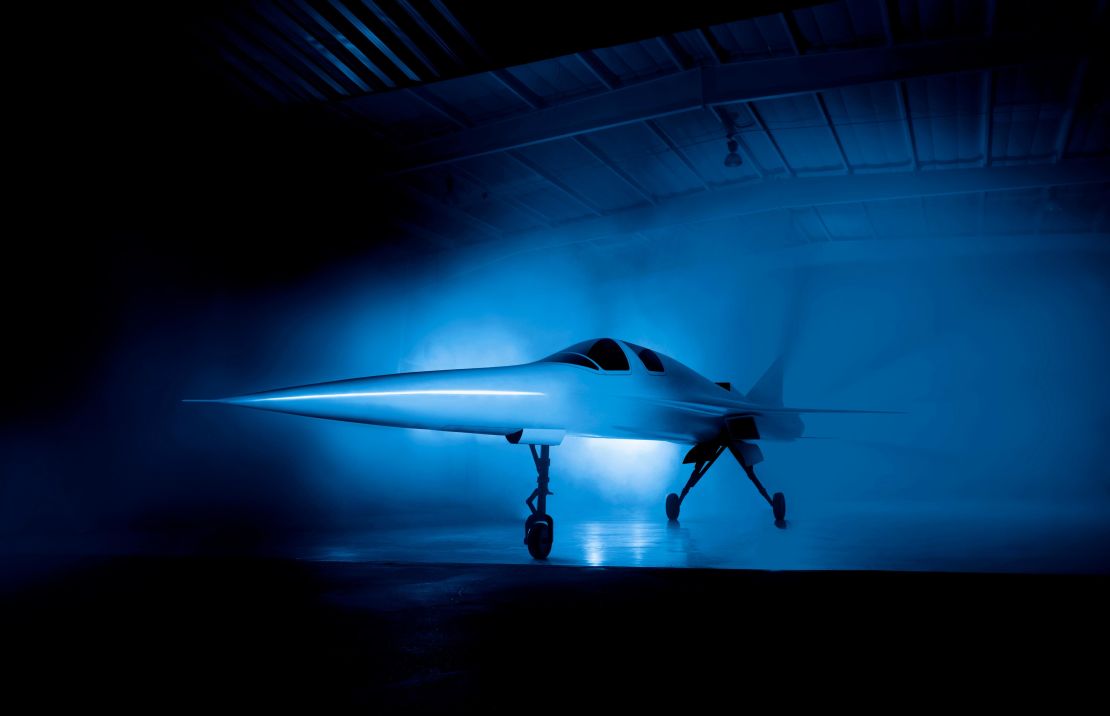
Meanwhile, the explosive “boom” – caused when the plane crashes through the sound barrier – should be less intense thanks to an updated design.
Currently, supersonic travel is prohibited over the US, due to the disruptive sound it creates for residents on the ground.
To alleviate the thunderous noise, the plane’s planned design will feature a long Pinocchio-like nose and extra-broad wings.
“We’ve tested about 1,000 design variations … Most of them aren’t very good,” Scholl said at a presentation at the Paris Air Show in 2017. “But we’ve had a few that are.”
With the right design, the company expects the boom to be “at least 30 times quieter than Concorde’s,” according to the company’s website.
But not everyone is convinced.
“The idea of supersonic travel has great sex appeal,” Peter Goelz, senior vice president and aviation analyst at O’Neill and Associates, tells CNN Travel. “I am not sure that I am as optimistic as they are that the challenge of sonic booms over land has gone away – that was devastating to the Concorde.”
Too good to be true?
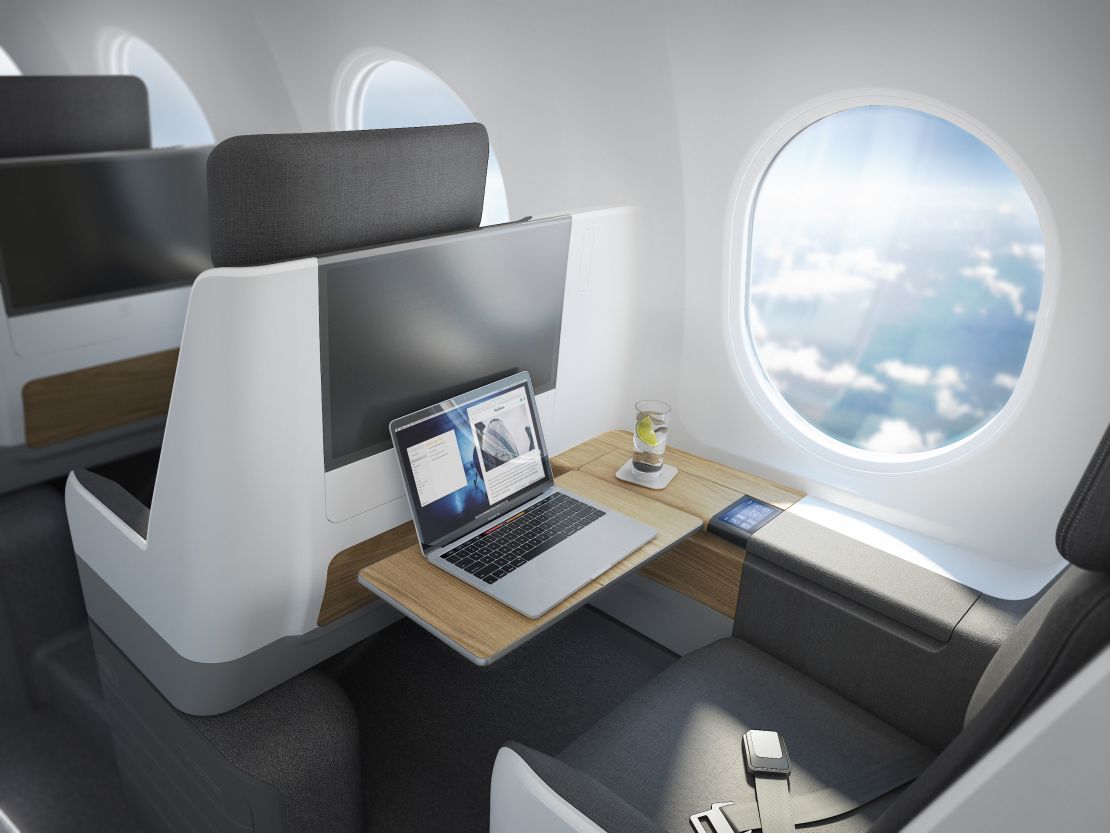
Most frequent long-haul travelers salivate at the idea of halving 15-hour flights from Hong Kong to New York, or Tokyo to San Francisco. But until major players in the aviation industry invest in the concept, some analysts remain skeptical.
“There are a lot of questions to be answered about the economic viability of the project,” says Goelz. “Having said that, I admire their entrepreneurship.
“If they are able to announce a more significant investment (on the order of billions) and some substantive blue-chip aerospace partnerships, that would demonstrate that these guys might have a real shot.”
He says the project may also face obstacles when it comes to a working business model.
“One of the challenges that the Concorde faced was the tradeoff between weight and fuel economy,” says Goelz. “They had to book about 100-120 seats on each flight in order to make the passenger load factor economic. But most of the routes actually lost money.”
To reduce weight and fuel usage, Boom plans to build its aircraft using carbon fiber composite, which is lighter than traditional aluminum.
Design plans aside, the company still needs to raise billions of dollars to bring its first commercial airline to the market – not to mention the cost of testing, regulatory approval, factory infrastructure and mass production.
CNN Travel reached out to Boom Supersonic but the company declined to comment.
The race is on
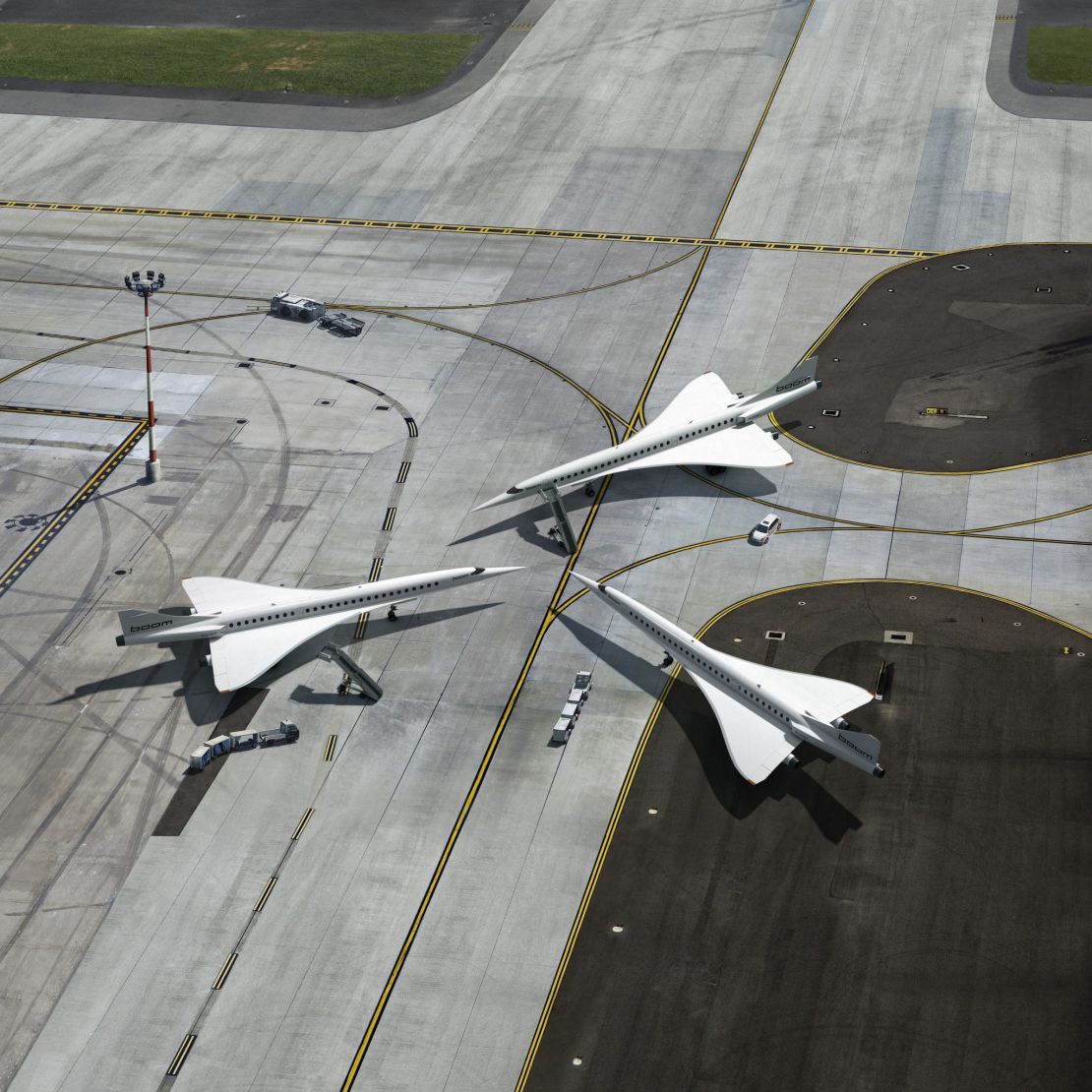
Boom Technology isn’t the only aerospace company aiming to whiz by the speed of sound.
NASA recently announced a partnership with Lockheed Martin to develop a supersonic aircraft prototype with a quieter sonic boom. If all goes as planned, the X-Plane should be completed by 2021. NASA will then run test flights over cities to evaluate noise levels.
Meanwhile, Boston-based Spike Aerospace is also planning to unleash its S-512 Supersonic Jet.
With plans to begin testing this year, Nevada-based Aerion Supersonic hopes to introduce its Aerion AS2 for test flights by 2019, and UK-based HyperMach aims to debut its Mach 4 SonicStar by 2020.
“When we fly twice as fast, the world becomes twice as small, turning far off lands into familiar neighbors,” Scholl said in a statement.
“What really matters are the new trips you choose to take – the ones you otherwise wouldn’t have considered because the journey was simply too long.”



















